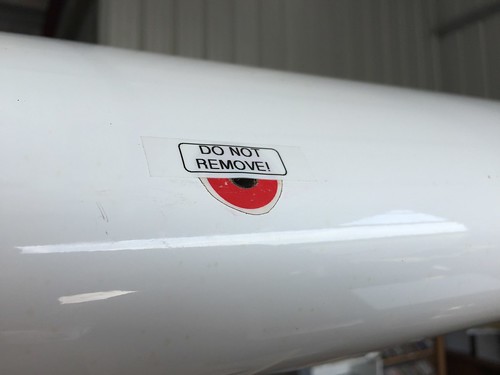I just posted the following to COPA:
A few points...
1) Not all planes have stall warning horns - neither of my Citabrias did.
Yep.
2) Many that DO have stall warning horns cannot be turned off - the simple "party horns" found in small Cessna's, for instance.
Some. Yep.
3) Some, like my Sky Arrow, have a "party horn" that is not adjustable and may go off ridiculously before the stall - so much so that its like the "boy who cried wolf".
Many of them act weird. I could get a "beep" out of the Seminole on every Short Field takeoff, and I'm not even rotating until 75 knots, with a stall speed of 57. And that system doesn't even activate until the mains are off the ground.
I mean okay, the systems aren't perfect and I'm not going to ***** if it goes off at 75 when it's supposed to go off at 74.1... But there's ways to trick them all by a knot or two.
So, agreed.
4) I consider "slow flight" and "flight at minimum controllable airspeed" two very different things.
Slow flight is flight at anything less than normal cruise, like the speeds one might normally use in the pattern.
Flight at minimum controllable airspeed is flight at a speed such that any further increase in angle of attack and/or load factor will cause an immediate stall.
Both are valuable exercises, IMHO. First, a student learns that as the speed decreases, so does control effectiveness. Then, flight at minimum controllable airspeed teaches the sights, sounds and feel of the plane right before it stalls - which I think is quite valuable. And in small, underpowered planes, teaches that on the back side of the power curve even full power may not stop a descent.[/QUOTE]
And that's the problem with the ACS definition. It clearly says to avoid the stall warning completely and has no mention of flight at MCA.
So, let me say I'm not a fan of the rewrite.
The SAFO seems like they're reaching for a rationalization of the mistake of removing the necessity of teaching MCA. I know of no one who has any experience who wouldn't, but if you just read the ACS and didn't know better, you'd say it's no longer a skill FAA wants anyone to learn or demonstrate.
It's just totally silly that now we're going to have to reference a second document (the SAFO) until the ACS gets the update.
Technically this isn't "the rewrite". This is "the document with the excuses". The rewrite AFAIK hasn't been released even in draft form yet.
https://www.faa.gov/training_testing/testing/acs/media/private_airplane_acs.pdf
Page 54 of the above is the current stuff.
"Failure to manage pitch attitude and power to avoid a stall warning or a stall."
And ...
"Establish and maintain an airspeed, approximately 5-10 knots above the 1G stall speed, at which the airplane is capable of maintaining controlled flight without activating a stall warning."
Nowhere in there does it mention MCA as important to see, know, do, or anything.
Everything is repetitively "stay away from the stall warning".
And now this SAFO... Ugh. I bet a month from now I could ask ten CFIs if they've even SEEN this SAFO and they'd say, "What SAFO??"... Some might even say, "What's a SAFO?"
(Just like some say, "What's a Chief Counsel letter?")

